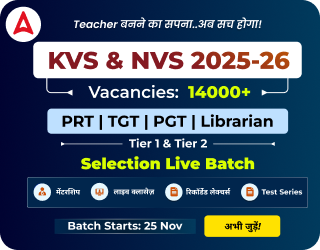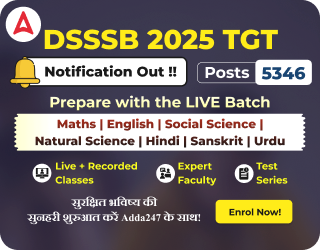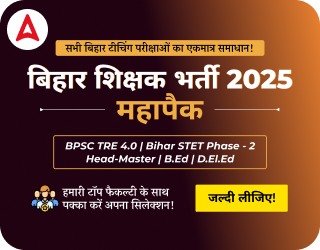Table of Contents
Scoring 120+ in CTET 2026 Paper I is well within reach when you follow a focused plan, strengthen your basics, and practise regularly. Since the exam evaluates five key sections—Child Development and Pedagogy, Language I, Language II, Mathematics, and Environmental Studies, each worth 30 marks—you need a balanced approach that covers concepts, accuracy, and speed. With smart preparation, consistent revision, and proper analysis of mock tests, even an average candidate can comfortably cross the 120-mark target and boost their chances of qualifying CTET 2026.
CTET Exam 2026: Overview
The Central Teacher Eligibility Test (CTET) is a national-level exam conducted by the Central Board of Secondary Education and acts as a major gateway for candidates who want to teach in government schools across the country. CTET 2026 will be held online, with a total of 150 multiple-choice questions. Since there’s no negative marking, candidates can attempt every question without hesitation. This makes smart answering, speed, and strong time management essential to maximise their score and boost their chances of qualifying.
| CTET Exam 2026 | |
| Exam Name | CTET 2026 Paper I |
| Conducting Body | Central Board of Secondary Education (CBSE) |
| Exam Mode | Computer-Based Test (Online) |
| Paper Type | Paper I (Classes I to V) |
| Total Questions | 150 |
| Total Marks | 150 |
| Time Duration | 150 Minutes |
| Marking Scheme | +1 for each correct answer |
| Negative Marking | None |
Importance of Scoring High in CTET Paper I
Achieving a high score in CTET greatly boosts your chances of landing teaching jobs in Kendriya Vidyalayas, Navodaya Vidyalayas, and other government schools. Scoring above 120 out of 150 reflects strong teaching aptitude and solid subject knowledge, while also giving you the confidence needed for interviews and subsequent selection rounds.
Section-wise Strategy to Score 120+ in CTET Paper I
Scoring 120+ in CTET Paper I is essential for candidates targeting primary-level teaching positions (Classes I–V) in government schools. A section-wise strategy simplifies the vast syllabus, allowing aspirants to master key topics in each subject. Child Development and Pedagogy strengthens understanding of educational psychology, Languages I and II assess communication and teaching skills, and Mathematics and Environmental Studies test both subject knowledge and pedagogical aptitude. By setting clear targets for each section, relying on NCERT textbooks, practicing previous year papers, and focusing on conceptual clarity, candidates can improve accuracy, manage time efficiently, and maximize their overall CTET score. A structured, section-wise plan ensures focused, effective, and confidence-driven preparation.
| Section | Key Focus Areas | Preparation Strategy | Target Score |
| Child Development and Pedagogy (30 Marks) |
|
|
25-28 |
| Language I (30 Marks) |
|
|
26-29 |
| Language II (30 Marks) |
|
|
26-28 |
| Mathematics (30 Marks) |
|
|
23-26 |
| Environmental Studies (30 Marks) |
|
|
24-27 |
Smart Tips to Crack CTET 2026 with 120+ Marks
- Start Early & Be Consistent: Allocate at least 2-3 months for thorough preparation. Stick to a daily study routine.
- Stick to CTET Syllabus: Focus only on topics covered in the official syllabus. Don’t waste time on irrelevant material.
- Make Your Own Notes: Quick revision becomes easier with personalized handwritten notes.
- Attempt Weekly Mock Tests: Simulate the actual exam environment. Analyze your performance and improve weak areas.
- Follow NCERT Books Rigorously: CTET is heavily based on NCERT Class I to V textbooks.
- Analyze Previous Year Papers: Understand question trends, repetition topics, and difficulty levels.
- Time Management During Exam: Aim to attempt all 150 questions. Divide time section-wise in your mocks.

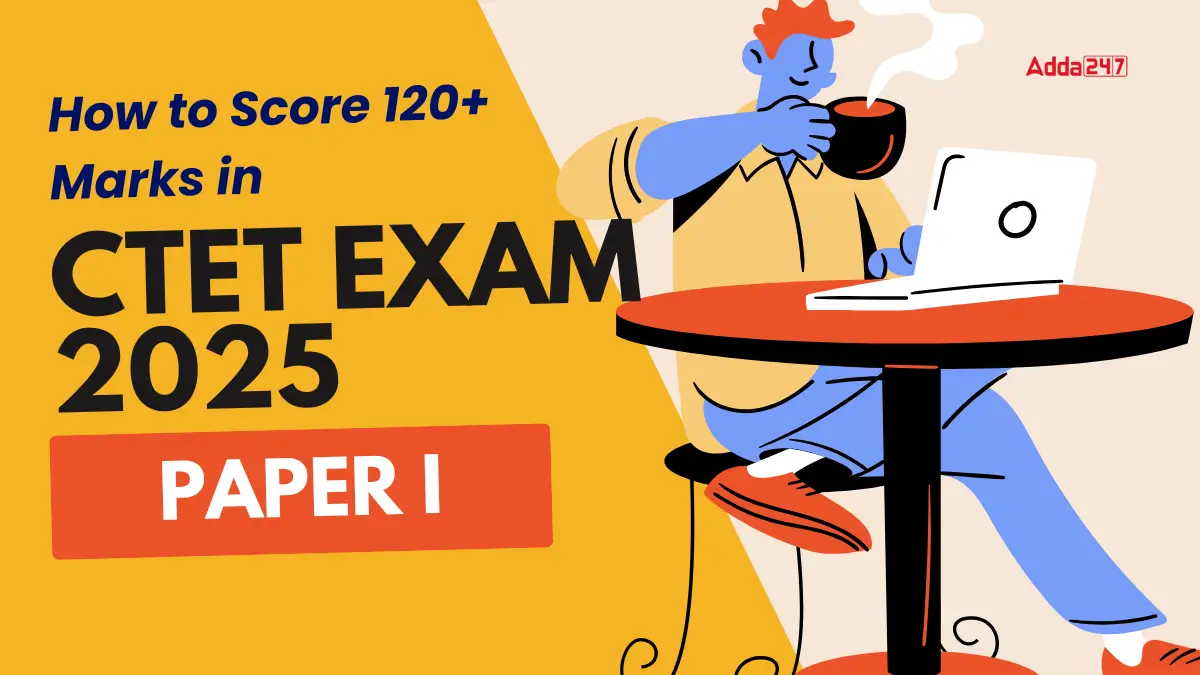
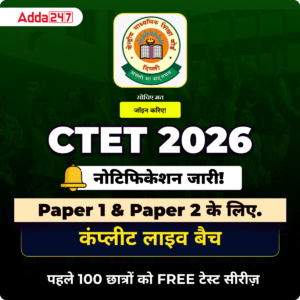

 CTET Selection Process 2026, Detailed Ex...
CTET Selection Process 2026, Detailed Ex...
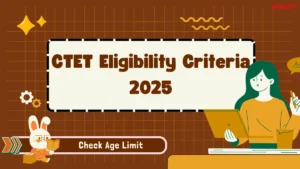 CTET Eligibility Criteria 2026, Check Co...
CTET Eligibility Criteria 2026, Check Co...
 KVS Recruitment 2025 OUT, Check Eligibil...
KVS Recruitment 2025 OUT, Check Eligibil...
